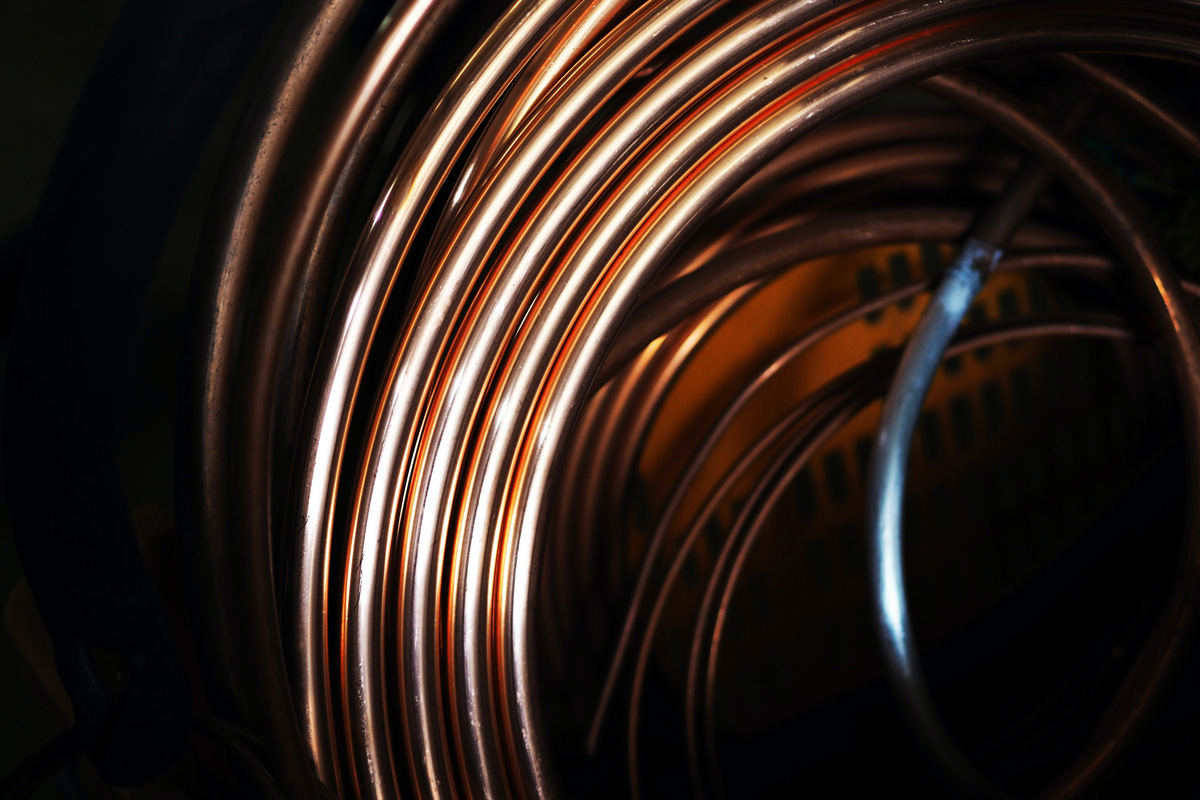There are different types of metals available. While some of the metals might seem similar, this is not always the case. Each metal has some unique features that can be used to tell them apart from one another.
There are three different factors to look at:
- Luster
- Malleability
- Conductivity
Table of Contents
Luster
One characteristic of metals is that when they are polished, scratched or cut, they are shiny.
Malleability
While metals can be strong physically, they are malleable. This means that they can be made into different shapes or forms, and bent. Different techniques are used to take advantage of the malleability feature, especially pounding the metals with a hammer or heating them.
This is a feature unique to metals, and if you were to try it with any other substance, there’s a good chance that it will shatter into pieces. Another feature that goes along malleability is that metals are ductile. This means that if you were to stretch them out, you can create a wire out of the metals.
Conductivity
Metals are very good conductors of heat and electricity. This, together with the fact that they are ductile makes them ideal for electrical wiring.
These are three of the key features that identify metals from other substances. However, there are many others. A lot of the metals have a very high melting point. At room temperature, mercury is the only metal that exists in liquid form.
If a metal is hit, it makes a ringing sound. This means that the metals are sonorous.
In terms of reaction, metals don’t have the same reactivity level. There are some that react with other metals while others do not.
Copper, for example, has a very low level of reactivity and is quite affordable compared to the other metals. For this reason, it’s ideal for electrical wiring and making pipes. Most of the other metals react with other elements on the periodic table, especially oxygen. For this reason, it’s almost impossible to find these metals in their pure form. Separating them from any of the minerals that they are found in might also be a problem.
Metal Wire Types
The following are some of the different types of metal wire that you can easily come across:
- Music Wire
This is often used in piano strings. It’s durable, strong and can withstand a high level of stress over repeated loads.
- Oil Tempered Wire
This wire is similar to music wire but has a thicker diameter. They are flexible and strong, and are used in applications like garage door springs.
- Broom Wire
Broom wire is commonly found on the brushes used in making brooms and street cleaners. It’s made of galvanized high-carbon wire or coated PVC.
One of the most important things about using wires is to learn the properties of each type of wire you’re using. This is important as it helps you understand whether the wire is suitable for the task you need to use it for or not. It can also help you prevent unnecessary risks and accidents.
Shop craft wire for your DIY projects.




Leave A Comment